Beginning this month on the Planet Classroom Network, audiences can screen the powerful documentary, Hold the Sun in Your Hands (curated by NFFTY).
Hand-drawn animation illustrates Holocaust survivor Erika Jacoby’s memories of surviving Auschwitz. Student director/animators Talia Abel, Xenia Bernal, Ian Kim, Alejandro Moses, Hank Schoen, India Spencer, Eva Suissa, and Michael Zambrano worked with filmmaker mentor C. Lily Ericsson. The film was produced in the summer of 2018 by the Righteous Conversations Project Workshop that facilitates dialogue, social action and collaborative creative work connecting youth with Holocaust survivors. It provides opportunities for youth to carry on the Holocaust Remembrance and to speak about injustice in the world via film, new media, music and photography.
The Global Search for Education is pleased to welcome Executive Producers of Hold the Sun in Your Hands, Cheri Gaulke and Samara Hutman, and Student Filmmaker Ian Kim.
Samara, the hand-drawn animation, produced by students aged 12-17, illustrates Holocaust survivor Erika Jacoby’s memories of surviving Auschwitz. The collaboration between the two generations is innovative and powerful. Why did you think it was important for younger generations to get involved in this project, and how did their perspective affect the way the story was told?
The filmmakers on this project are historically unique and significant. They are part of the last generation who will have the opportunity to connect with first-hand witnesses to the Holocaust, who are now in their 80s, 90s and 100s. And the filmmakers are close in age to the age Erika Jacoby was when she endured the Holocaust as a young girl. Because of this unique confluence, the students were the ideal tellers for this story. They were able to capture and convey the experience and tenderness of Erika’s childhood memories at the same time that they understood their significant role as filmmaker stewards of her legacy as a witness and survivor to one of human history’s darkest moments.
Cheri, at the end of the animation, the students thank Erika Jacoby for her resilience and optimism. How do you expect younger generations to react after watching this animation and confronting the realities of our past?
Learning history in a classroom can feel distant and abstract, and historic moments are often reduced to a paragraph or a few minutes in a lecture. That’s why we created The Righteous Conversations Project in 2011 – to give young people an opportunity to hear directly from the last generation of Holocaust survivors. How can one react other than with horror at the way human beings were treated by other human beings? It’s truly shocking. We hope students see how intolerance unchecked can lead to the death of many people. And it’s not just a thing of the past. We must be vigilant every day so history will not repeat itself. Erika’s story also illustrates moments of kindness and bravery. We hope our students are inspired to confront hatred when they see it and to stand up for others.
Ian, what lessons did you learn yourself during the creation of this film, either from the process of making the film or about yourself as a filmmaker?
When it came to turning the interview transcript into an animation, I learned a lot about blending emotions with imagery and putting it under the camera. For example, I found out I liked to use black sand as a recurring medium to represent darkness and hardship, like in the bars of the cattle car, or the Nazi invasion spreading over the map of Europe. There’s just so much inspiration in Erika’s story and the way she tells it, and for me it’s about learning to take that inspiration and make something visually impactful.
What takeaways do you hope for from your audience? What impact do you hope your film will have on audiences?
Sharing Erika’s story is about passing the torch, letting the stories of the Holocaust survive and be carried on by the younger generations. Remembering these life stories is incredibly important for spreading awareness and ensuring that nothing like the Holocaust ever happens again. It was an honor to listen to Erika and the other survivors, and I want the audience to feel and carry on the value of the stories being told.
Samara, anything to add?
It is to the audience that Erika and the filmmakers will pass the metaphoric torch of memory, with hope that the flame will be a source of knowledge, wisdom, and understanding about the capacity people possess for both destruction and resilience; and with poignant hope that this flame of memory will continue to be passed from generation to generation and never extinguished.
We hope that all who see this film join the filmmakers as stewards and guardians of memory, and of the particular and extraordinary childhood of Erika Jacoby, who is now 93. She and the filmmakers understand that this film will live beyond her lifetime, and even their own, to tell her tale. They hope that the truths it holds will live on in each viewer: that democracy is fragile, that people are capable of great harm and equally great compassion and heroism, and that each of us has the power to choose which one of history’s characters we will choose to be – those who participate in harm, those who stand idly by, or those who step up to help by acting with courage, speaking truth, and living with compassion and respect for the preciousness of every human life.
Thanks Guys!
(All photos are courtesy of Righteous Conversations Project Workshop)
Hold the Sun in Your Hands (curated by NFFTY) is now screening on Planet Classroom Network
C. M. Rubin with Cheri Gaulke, Ian Kim, Samara Hutman,

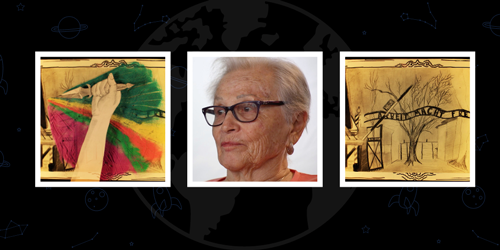
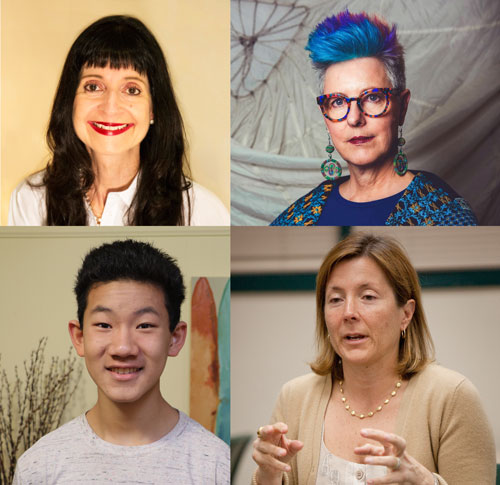
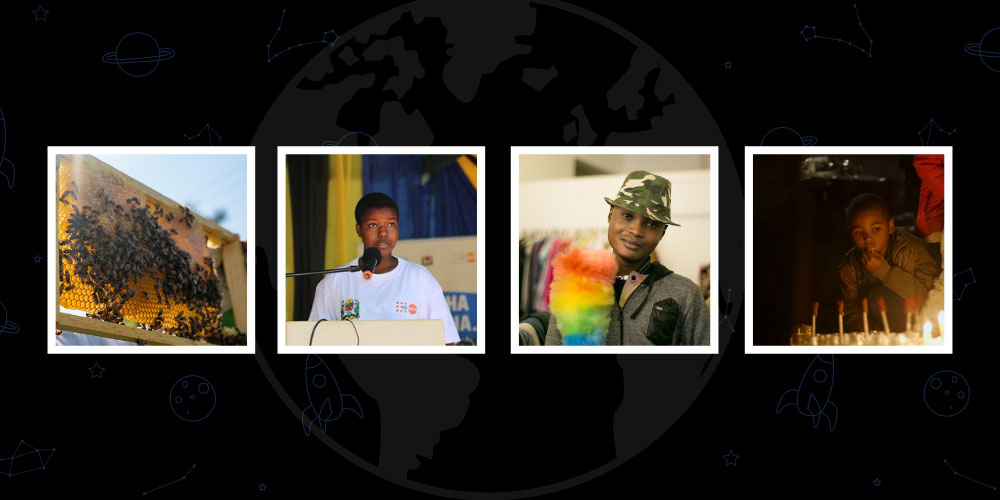
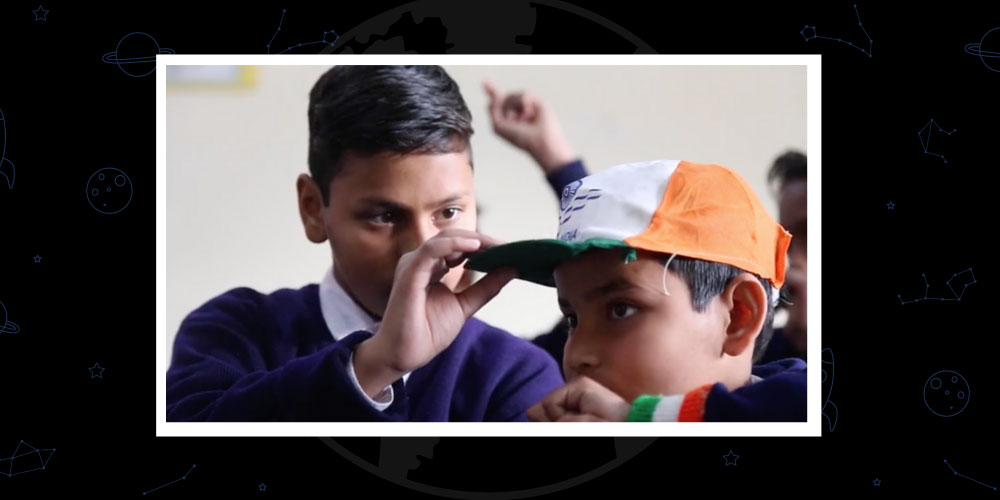
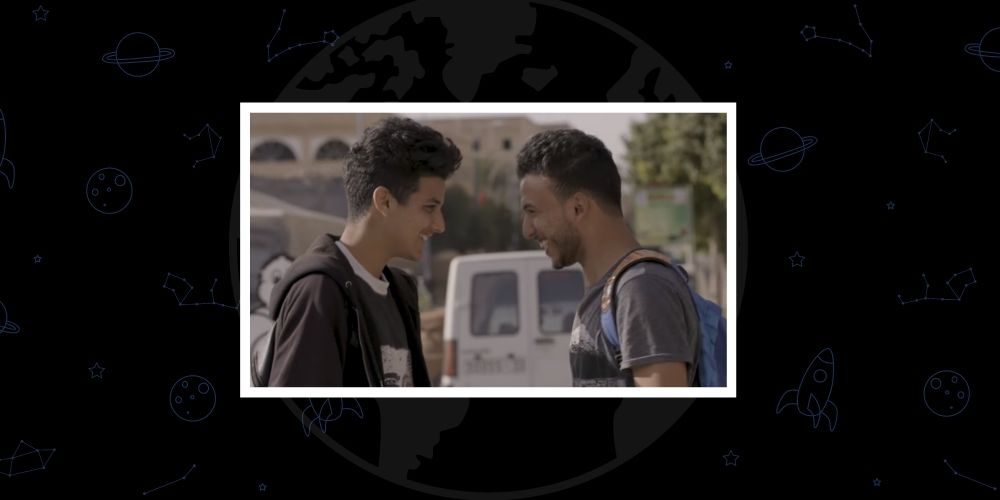
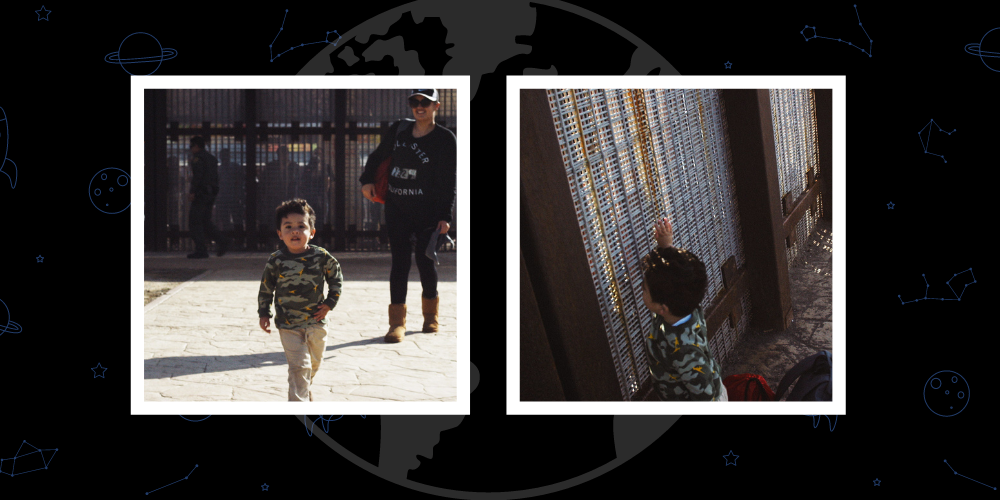
Recent Comments